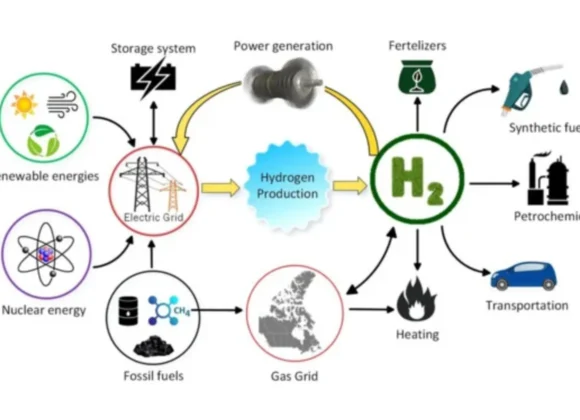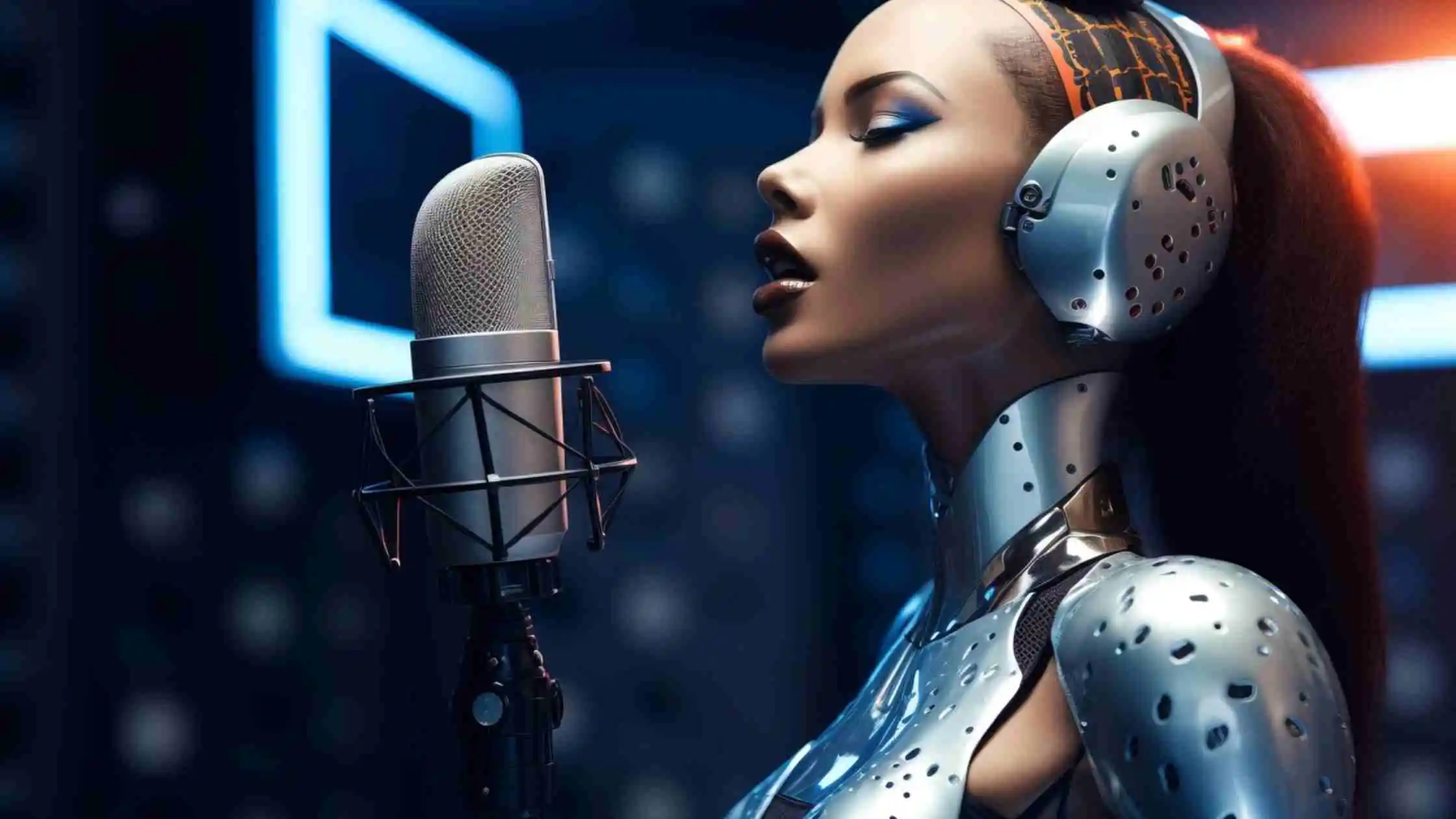Demand based switching is a technology that changes how the device performs depending on its real-time requirements. You can think of it like a dimmer switch for your computer’s power, where DBS adjusts processor power (clock speed and voltage) in a similar manner to how you modify light intensity with a dimmer. In times of low-intensity work, DBS turns down the power to use energy effectively.
For instance, if you are doing typical tasks on your computer such as browsing or writing emails where not much processing is needed, DBS will keep things quiet and save energy. But when it comes to demanding activities like playing games that require high performance from the system (GPU or Central Processing Unit), DBS increases power for peak performance.
How Demand Based Switching Optimizes Performance
Processors essentially function similar to engines: if they run more quickly (clock speed), they require more fuel (voltage). DBS assumes the role of a smart governor. When it comes to tasks with low intensity such as surfing the internet or examining emails, DBS smartly lessens both clock speed and voltage.
This reduces the “work rate” of the processor, using less power. Imagine it similar to setting your car on cruise control while driving down a highway that maintains continuous speed for basic needs more efficiently. Even with slower clock speed, DBS makes sure there is sufficient processing power available for smooth operation.
Peak Performance When Needed
Demand based switching is not only about idling “efficiently”. It’s the same as having a turbocharger for your processor. When there are demanding tasks such as video editing or high-end games that need more processing power, DBS increases both clock speed and voltage in an active way.
This gives the processor a “power boost”, making it work at its best level. Picture pushing the gas pedal in your car all the way down, DBS does the same kind of job for tough situations. A short-term increase in power makes sure that your device can deal with difficult calculations and show graphics without problems, giving you top performance when necessary. Once the high intensity of activity is over, DBS cleverly brings back things to a more effective level.
Benefits Across Devices
Demand based switching (DBS) is an adaptable technology that provides advantages for many kinds of devices. Among them, laptops experience the most significant influence as DBS greatly enhances their battery duration.
Intelligently lessening clock speed and voltage when doing regular jobs such as looking at websites or checking electronic mails, DBS helps to decrease power use without affecting its working ability. On desktops too, DBS is beneficial because it doesn’t interfere with general jobs while efficiently managing energy consumption.
Even the most powerful workstations may find use. While these machines are focused on delivering sheer strength, DBS can be useful when they encounter less demanding workloads. Here, it helps to distribute resources effectively and thereby enhance the overall energy efficiency.
Enhances Mobile Performance

People who use smartphones and tablets, Demand based switching stands as a battery life champion. Picture being able to keep your phone charged for a whole day. This is what DBS does: it adjusts the power of processing in order to stretch out the charge on your device. When doing casual things like texting or looking through social media, DBS is smartly decreasing clock speed and voltage. This greatly lessens how much power it uses.
This means batteries will last longer, letting you keep connected for more time. Yet, don’t worry gamers and those who need lots of power! When you start playing demanding games or using apps that require many resources, DBS smoothly increases clock speed and voltage. This gives a boost of power, assuring continuous operation without affecting frame rates or graphic quality.
DBS for Cloud and Server Performance

The Demand based switching power-saving magic goes further than personal devices and touches the big world of cloud computing. The data centers, where many servers live, can make use of DBS for better distribution of resources. Picture a virtual environment where servers handle varying workloads.
DBS can control the processing power of these virtual machines in a flexible way. In times when there is less traffic, it can scale down resources to decrease energy use. When demand increases abruptly, DBS has the ability to allot more processing power so it handles extra load effectively.
AI Integration
The future prospects for Demand based switching are also very promising, particularly in the area of machine learning (ML). Consider a scenario where your device can predict what you require before you even ask for it. By applying ML algorithms into its system, DBS may become smarter in allocating resources. ML could analyze user behavior patterns and predict upcoming tasks.
For instance, when you usually get started with emails and then begin browsing, DBS might pre-allocate slightly more processing power to make the shift smoother. This could enhance its performance and energy use optimization. Also, ML could personalize how DBS behaves.
Beyond processors
Demand based switching is not limited to processors; it can transform how we manage resources. We have already observed its use in managing network traffic, enhancing data movement and reducing power usage on routers and switches. However, the future is anticipated to offer a plethora of other possibilities.
Think about the expanding world of tiny Internet of Things (IoT) gadgets, frequently running on batteries. DBS would be extremely useful for smart thermostats that change power usage according to how many people are present or smart speakers which distribute resources in real-time based on complex voice commands. With the help of DBS, these devices can work well, making their battery last longer and impacting less on the environment.
Demand based switching is not just a term in technology, it is a philosophy for an intelligent future. Picture a world where devices adjust to our requirements, providing maximum performance but also limiting harm to the environment.
Demand based switching serves as the crucial element that opens this possibility up. DBS empowers various aspects of our digital world, from lengthening battery capacity in smartphones to enhancing energy usage in data centers.




